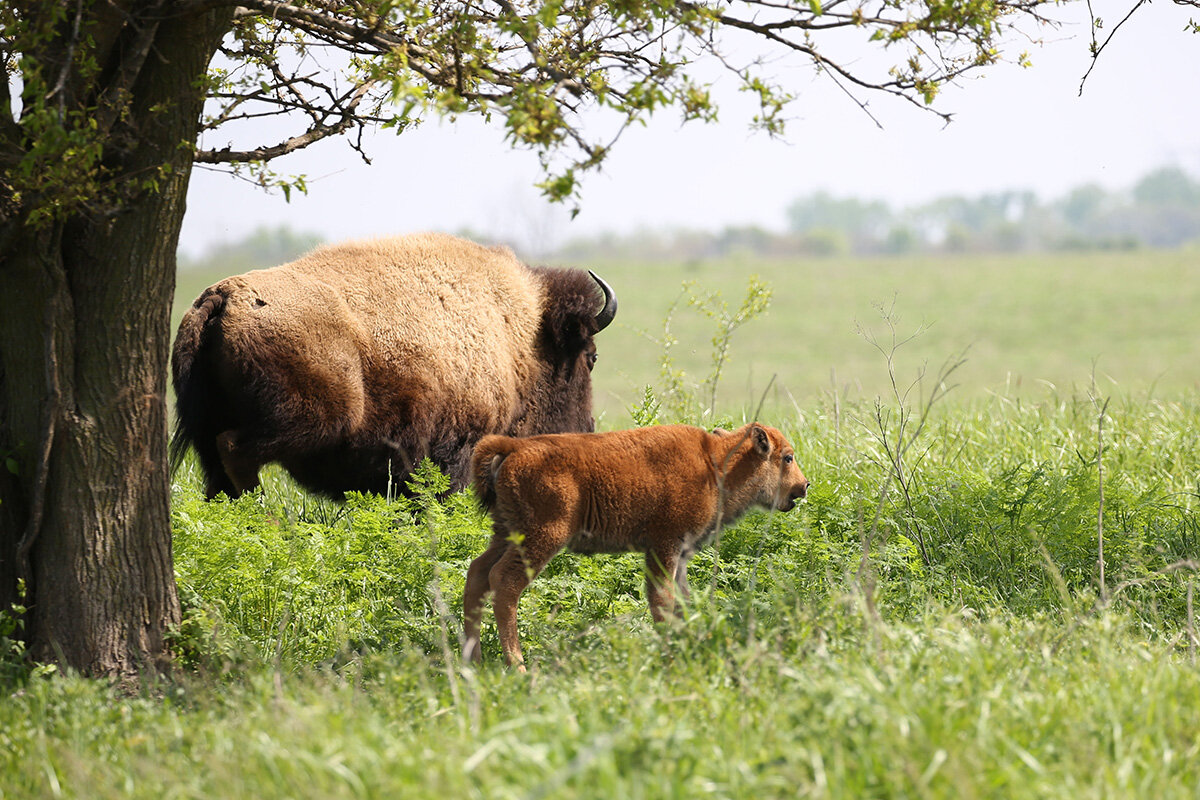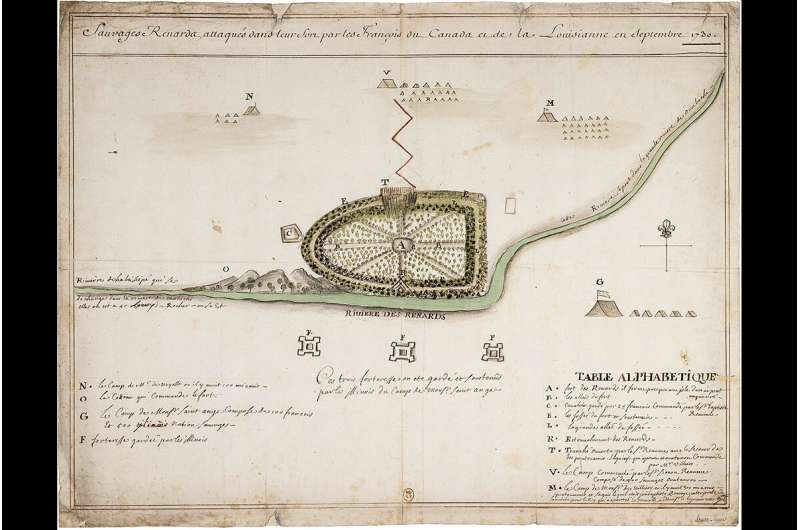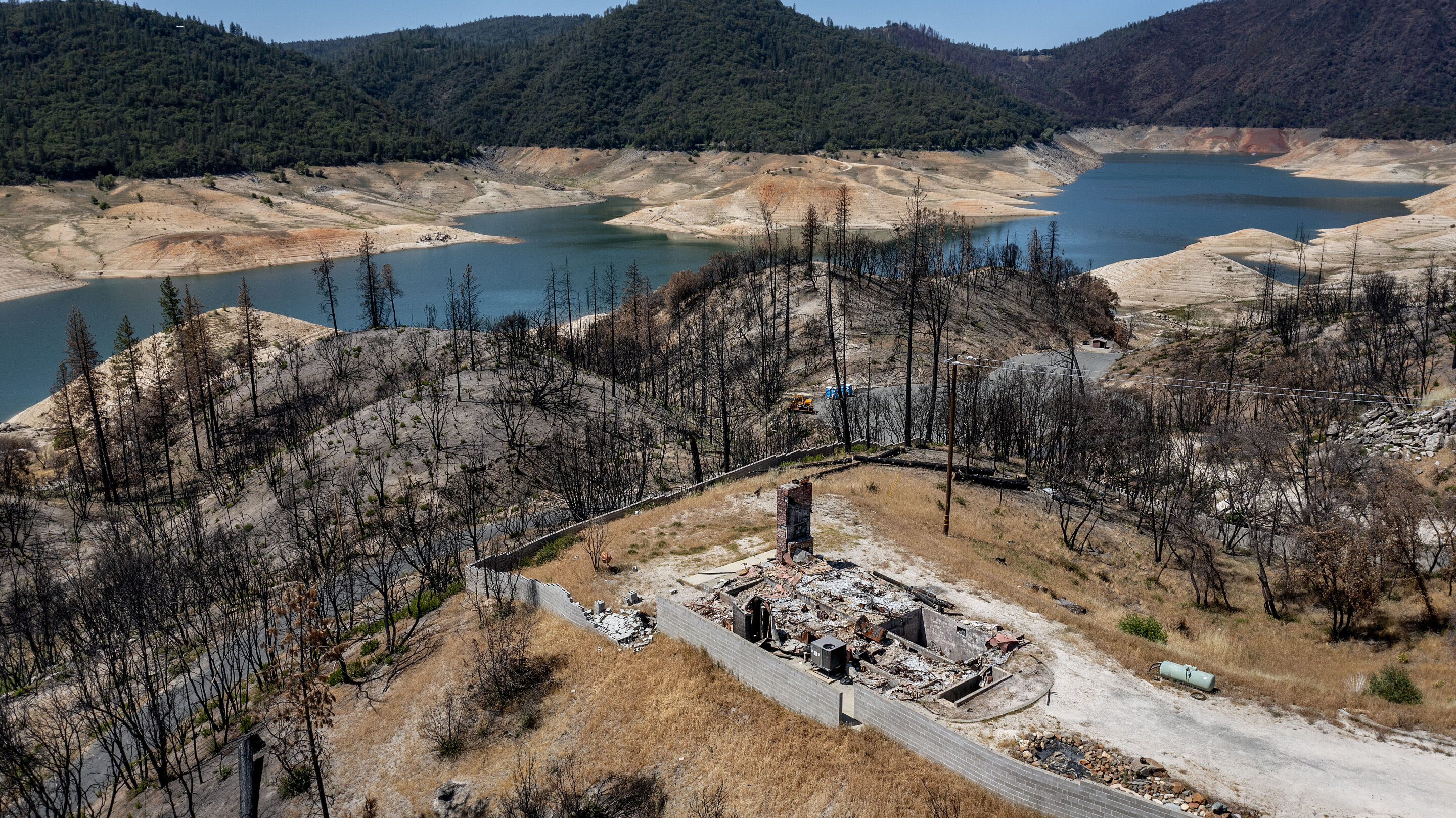#New book examines tallgrass prairies’ ecological history, effects on Indigenous cultures

Table of Contents
“New book examines tallgrass prairies’ ecological history, effects on Indigenous cultures”

The heart of the American Midwest was one of the most important ecological and cultural borderland areas in North America for Indigenous people in early American history, according to a University of Illinois Urbana-Champaign historian. Situated in a transition zone between woodlands and grasslands, the transformation of the tallgrass prairie landscape created unique opportunities for the people who lived there.
History professor Robert Morrissey wrote the first comprehensive environmental history of the tallgrass prairies and how they shaped tribal cultures in his recently published book, “People of the Ecotone.” The book also examines how those transformations contributed to the Fox Wars.
“The book re-centers the years of early contact not so much around the arrival of Europeans but around the ongoing events in Indigenous America. They are at least as important as what’s happening with the start of colonization, as are the environmental factors,” Morrissey said. “It’s a reorientation of what was driving history and how important the Indigenous processes were, and a new explanation for these really consequential wars of the 18th century.”
A change in climate, beginning in the 14th century, from a warm period to the Little Ice Age enlarged the area covered by grasslands, pushing the tree line east. Drought made prairie grasses more digestible for animals, and the cultivation of grasslands through burning by Indigenous tribes drew large bison herds that migrated into the eastern prairies, Morrissey said.

After the fall of the Cahokia settlement in southern Illinois in the mid-13th century, Indigenous people in Illinois moved from the centralized, grain-based agrarian lifestyle of Cahokia to more decentralized, smaller-scale villages based around a wide range of resources, including bison hunting, Morrissey said. They developed a distinctive type of bison hunting, chasing the animals on foot.
“This creates a huge transformation in labor, in how work was organized and the sheer amount of work required in processing animals,” he said.
The changes also made the region advantageous for a particular kind of warfare. The borderland area was full of tribes unrelated to one another, and whose cultures involved captive raiding—replacing tribal members lost to disease or warfare by taking captives from another tribe, Morrissey said.
“People made a lot out of that opportunity and became traders of captives from one part of the borderlands to another. Being there was not just about the bison and ecological opportunities, but also the possibilities for building power in these militarily strategic ways. Those two things started to intersect with each other—the bison economy required a certain kind of labor system and tribes turned to captives for labor,” Morrissey said.
The French who came to the area for hunting imagined that bison hides would become a major commodity in North America, and they enlisted the Native American tribes to supply them with hides. Bison hunting became a greater part of the economy of the tribes and a source of competition between them, Morrissey said.
Those dynamics and resentments over captive raiding led to the Fox Wars, which took place between 1712 and 1735. History has exaggerated the role of the French in the conflicts, Morrissey said. While the French were a major factor in creating a market for bison hides, they were not the sole drivers of the Fox Wars.
Morrissey’s book ends with a climactic battle in 1730 at the current location of the village of Arrowsmith in McLean County. The violence of the Fox Wars resulted in a dramatic decline in the population of the area’s Indigenous tribes. The climate was changing again, making the plains to the west a better habitat for bison, and the tribes there began hunting them on horseback, creating a new center for bison trade, Morrissey said.
Considering the ecological and climate history of the region and how changes in the environment affected Indigenous people provides a fuller picture of the rise and fall of the tribes living in the mid continent, he said.
“This transition zone, now a monoculture, had this mosaic quality, with wetlands, grasslands, forests and river valleys. I’m trying to enhance the appreciation for the diversity of the ecology of this tallgrass prairie region and the opportunity that was presented in this period,” Morrissey said. “It’s about what made the region distinctive and how that played into the motivations that usually don’t make it into stories we tell about early America and Indigenous America.”
Citation:
New book examines tallgrass prairies’ ecological history, effects on Indigenous cultures (2022, December 15)
retrieved 15 December 2022
from https://phys.org/news/2022-12-tallgrass-prairies-ecological-history-effects.html
This document is subject to copyright. Apart from any fair dealing for the purpose of private study or research, no
part may be reproduced without the written permission. The content is provided for information purposes only.
If you liked the article, do not forget to share it with your friends. Follow us on Google News too, click on the star and choose us from your favorites.
For forums sites go to Forum.BuradaBiliyorum.Com
If you want to read more Like this articles, you can visit our Science category.



